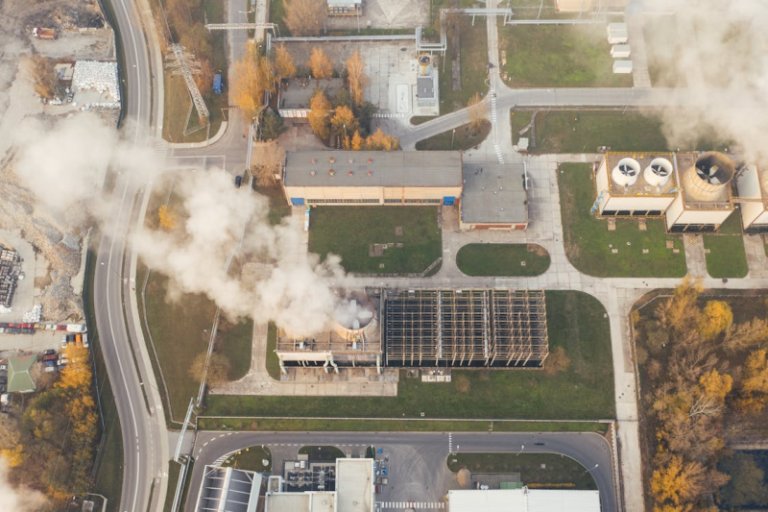Quantum Computing: its Evolution and its Potential Future
Quantum computing is a rapidly evolving field of study that promises to revolutionize the way we approach complex computational problems. Unlike traditional computers, which rely on binary bits (0s and 1s) to store and process information, quantum computers harness the principles of quantum mechanics to create quantum bits, or “qubits,” that can exist in superposition. This allows them to perform certain calculations exponentially faster than classical computers.
jQuery(document).ready(function ($) {
var cookie_token = $.cookie(‘token’);
url = window.location.href;
var param = url.split(‘?’)[1]
console.log(url);
if ($.cookie(‘token’) && param != ‘webview=true’) {
var settings = {
“url”: “https://my.financebrokerage.com/api/transactions/my”,
“method”: “GET”,
“timeout”: 0,
“headers”: {
“Content-Type”: “application/json”,
“Authorization”: `Bearer ${cookie_token}`
},
};
$.ajax(settings).done(function (response) {
if (response[0].status == “Approved”) {
$(‘.blur’).html(`
The foundations of quantum computing can be traced back to the 1980s, when physicists and computer scientists began exploring the potential of leveraging quantum phenomena to solve problems that are intractable for traditional computers. Over the past few decades, significant progress has been made in both the theoretical understanding and the practical implementation of quantum computing technologies.
The evolution and development of quantum computing can be divided into several key milestones: In the 1980s physicists like Richard Feynman and David Deutsch laid the theoretical groundwork for quantum computing by exploring the potential of using quantum mechanics to perform computation. This was followed in the 1990s, when researchers such as Peter Shor and Lov Grover developed groundbreaking quantum algorithms that demonstrated the potential of quantum computers to solve certain problems, such as integer factorization and database searching, much more efficiently than standard computers. In the early 2000s, researchers began to take the next step and built small-scale test quantum computing prototypes, using technologies like superconducting circuits, trapped ions, and photonic systems to create and manipulate qubits.
In 2019, Google’s Sycamore quantum processor was reported to have achieved “quantum supremacy,” performing a specific calculation faster than the world’s most powerful supercomputer. This milestone marked a significant step forward in the development of a practical quantum computing system. Since Google’s advance, major tech companies and research institutions have made significant investments in quantum computing, leading to the development of increasingly powerful and accessible quantum computing hardware and software platforms.
While quantum computing is still in its early stages, researchers and industry leaders have already identified several areas where quantum computers could have a significant impact:
Quantum computers have the potential to break many of the encryption algorithms used in modern communication and data security systems. This has led to the development of quantum-resistant cryptography and the exploration of quantum-based secure communication protocols.
Quantum computers also excel at simulating and modeling complex quantum systems, such as chemical reactions, material properties, and biological processes. It is hoped this will lead to breakthroughs in the fields of materials science, drug discovery, and energy storage. Quantum algorithms have also been shown to be highly effective at solving complex optimization problems, such as logistics and scheduling challenges, financial portfolio management, and traffic routing.
The area of machine learning and artificial intelligence, also offer great hopes. The unique properties of quantum systems could lead to the development of more powerful and efficient machine learning algorithms, potentially revolutionizing fields like natural language processing, computer vision, and decision-making.
Despite quantum computing’s exciting potential, significant challenges and limitations remain. One major challenge is maintaining the delicate state of qubits, known as quantum coherence. Qubits are highly susceptible to interference from the environment, leading to a phenomenon called decoherence, which can cause errors in computation.
Building large-scale, fault-tolerant quantum computers with a sufficient number of qubits to solve real-world problems also remains a significant technical challenge. Current quantum computers are still relatively small and limited in their capabilities.
Developing efficient algorithms and programming techniques for quantum computers is a complex task that requires a deep understanding of quantum mechanics and computer science. The development of the necessary hardware and infrastructure to support quantum computing, such as cryogenic systems, control electronics, and error correction mechanisms, is a significant engineering challenge.
Notwithstanding the challenges, quantum computing has a promising future. As research and development continue, we can expect to see significant advancements in the coming years. For example, Researchers are working to increase the number of qubits in quantum computers while improving their stability and coherence times, paving the way for more powerful and reliable quantum systems.
Another area of research is the development of effective quantum error correction techniques, which are crucial for building large-scale, fault-free quantum computers that can reliably solve the most complex problems. An additional area of interest is the integration of quantum and traditional computing systems, which is thought to play a key role in unlocking the full potential of quantum technologies, allowing for the power of quantum with the simplicity of traditional computing,
Although practical applications are not yet mainstream, real-world, quantum-based solutions are hoped to emerge soon in the fields of cryptography, drug discovery, and materials science.
In conclusion, as governments and major technology companies continue to invest in quantum computing, the technology will become more accessible and commercially affordable. While most individuals may not see or use the technology directly, its applications could be transformational to us all in areas such as finance and health.`);
} else {
$(‘.blur’).css({
‘background’: ‘linear-gradient(95deg, #4e4e4e 25%, #000 45%, #bbb 75%, #FFFFFF 100%) 98%/200% 100%’,
‘text-transform’: ‘inherit’,
‘-webkit-background-clip’: ‘text’,
‘background-clip’: ‘text’,
‘-webkit-text-fill-color’: ‘transparent’
})
$(“.wpb_content_element”).append(`
Want to read more?
Click on the button below to access all premium content
articles by purchasing one of our educational packages
GET PREMIUM
`)
}
});
} else {
$(‘.blur’).css({
‘background’: ‘linear-gradient(95deg, #4e4e4e 25%, #000 45%, #bbb 75%, #FFFFFF 100%) 98%/200% 100%’,
‘text-transform’: ‘inherit’,
‘-webkit-background-clip’: ‘text’,
‘background-clip’: ‘text’,
‘-webkit-text-fill-color’: ‘transparent’
})
$(“.wpb_content_element”).append(`
Want to read more?
Click on the button below to access all premium content
articles by purchasing one of our educational packages
GET PREMIUM
`)
}
});










